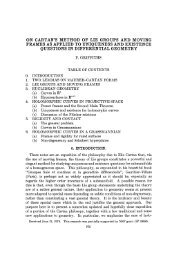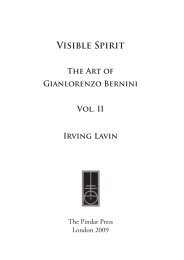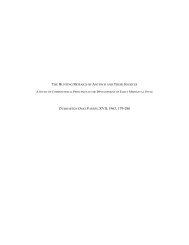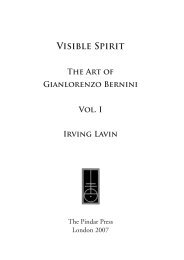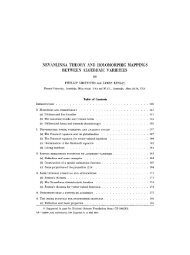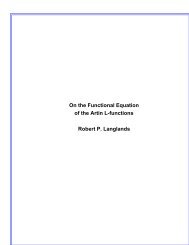View PDF - Project Euclid
View PDF - Project Euclid
View PDF - Project Euclid
Create successful ePaper yourself
Turn your PDF publications into a flip-book with our unique Google optimized e-Paper software.
492 PHILLIP A. GRIFFITHS<br />
Cte JM I3’MA(Dtt-I"<br />
By computing a standard example we may check that the constant is one. Combining<br />
with (4.40) we conclude that<br />
which establishes (4.28) when n k 1.<br />
The argument for general k is similar using all the equations (4.32) and (4.34)<br />
and will not be given in full detail now.<br />
Appendix to sections 2 and 4. Some general observations on integral geometry.<br />
Upon scanning sections 2 and 4 on integral geometry the reader may suspect<br />
that the various Crofton formulas are different manifestations of the same<br />
basic phenomenon, and we want to explain that now. Given a connected Lie<br />
group G and closed subgroups H and K we denote left cosets by : gH and<br />
x g’K. We assume given an incidence correspondence<br />
I C G/H x G/K<br />
which is invariant under the action of G. In practice I will be the union of Gorbits<br />
but in general will not be acted on transitively by G. 11 Denoting by<br />
and rr2 the respective projections of I onto G/H and G/K the basic operation in<br />
integral geometry is<br />
(4.42) --<br />
(rrl),(vr)<br />
where is a differential form on G/K. If we denote the right side of (4.42) by<br />
I(), then I() takes invariant forms to invariant forms and all of our<br />
integral-geometric formulas arise by evaluating I() over suitable submanifolds<br />
of G/H. Here are some illustrations.<br />
Example 1. Suppose that G E(n) is the real <strong>Euclid</strong>ean group and<br />
G/H IR n is <strong>Euclid</strong>ean space<br />
G/K IR n* is the space of affine hyperplanes.<br />
The incidence correspondence is<br />
I {(x, :): x<br />
Given a curve C in IR" and taking Id:l to be the invariant volume on INn*,<br />
Crofton’s formula (2.1) is just the evaluation of<br />
(4.43) fc I()l"





